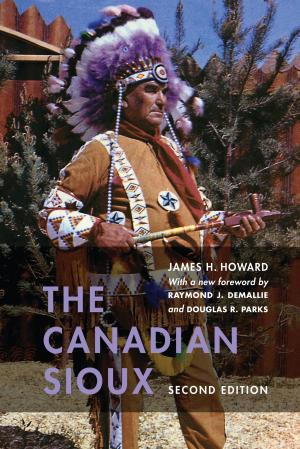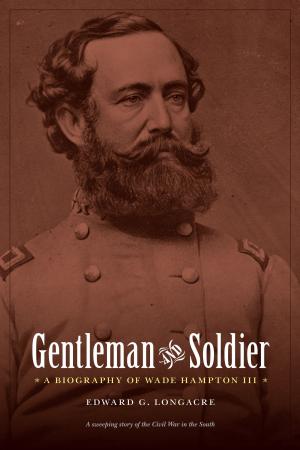Spring 1865
The Closing Campaigns of the Civil War
Nonfiction, History, Americas, United States, Civil War Period (1850-1877)| Author: | Perry D. Jamieson | ISBN: | 9780803274709 |
| Publisher: | UNP - Nebraska | Publication: | April 1, 2015 |
| Imprint: | University of Nebraska Press | Language: | English |
| Author: | Perry D. Jamieson |
| ISBN: | 9780803274709 |
| Publisher: | UNP - Nebraska |
| Publication: | April 1, 2015 |
| Imprint: | University of Nebraska Press |
| Language: | English |
When Gen. Robert E. Lee fled from Petersburg and Richmond, Virginia, in April 1865, many observers did not realize that the Civil War had reached its nadir. A large number of Confederates, from Jefferson Davis down to the rank-and-file, were determined to continue fighting. Though Union successes had nearly extinguished the Confederacy’s hope for an outright victory, the South still believed it could force the Union to grant a negotiated peace that would salvage some of its war aims. As evidence of the Confederacy’s determination, two major Union campaigns, along with a number of smaller engagements, were required to quell the continued organized Confederate military resistance.
In Spring 1865 Perry D. Jamieson juxtaposes for the first time the major campaign against Lee that ended at Appomattox and Gen. William T. Sherman’s march north through the Carolinas, which culminated in Gen. Joseph E. Johnston’s surrender at Bennett Place. Jamieson also addresses the efforts required to put down armed resistance in the Deep South and the Trans-Mississippi. As both sides fought for political goals following Lee’s surrender, these campaigns had significant consequences for the political-military context that shaped the end of the war as well as Reconstruction.
When Gen. Robert E. Lee fled from Petersburg and Richmond, Virginia, in April 1865, many observers did not realize that the Civil War had reached its nadir. A large number of Confederates, from Jefferson Davis down to the rank-and-file, were determined to continue fighting. Though Union successes had nearly extinguished the Confederacy’s hope for an outright victory, the South still believed it could force the Union to grant a negotiated peace that would salvage some of its war aims. As evidence of the Confederacy’s determination, two major Union campaigns, along with a number of smaller engagements, were required to quell the continued organized Confederate military resistance.
In Spring 1865 Perry D. Jamieson juxtaposes for the first time the major campaign against Lee that ended at Appomattox and Gen. William T. Sherman’s march north through the Carolinas, which culminated in Gen. Joseph E. Johnston’s surrender at Bennett Place. Jamieson also addresses the efforts required to put down armed resistance in the Deep South and the Trans-Mississippi. As both sides fought for political goals following Lee’s surrender, these campaigns had significant consequences for the political-military context that shaped the end of the war as well as Reconstruction.















